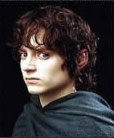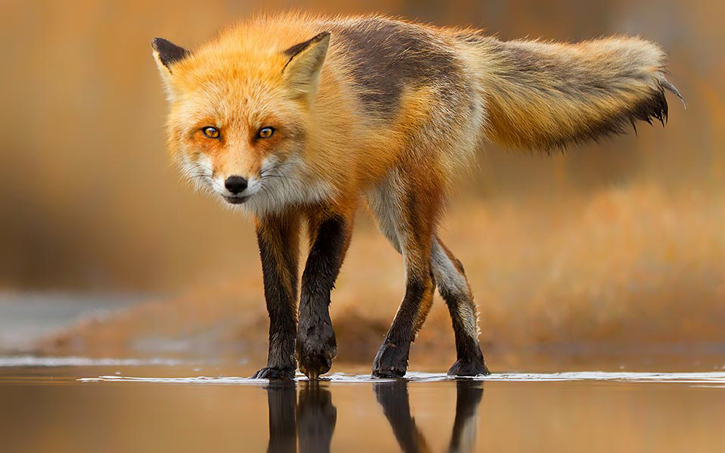Forum
Welcome Guest |
|
|---|---|
 Author Author |
Topic: |
|---|
| Iavas87 |
|
||||||||
| cirdaneth |
|
||||||||
| atalante_star |
|
||||||||
| Iavas87 |
|
||||||||
| Morwinyoniel |
|
||||||||
| atalante_star |
|
||||||||
| Iavas87 |
|
||||||||
| Elthir |
|
||||||||
| Iavas87 |
|
||||||||
| cirdaneth |
|
||||||||
| Members Online |









 The light in their eyes...
The light in their eyes...

